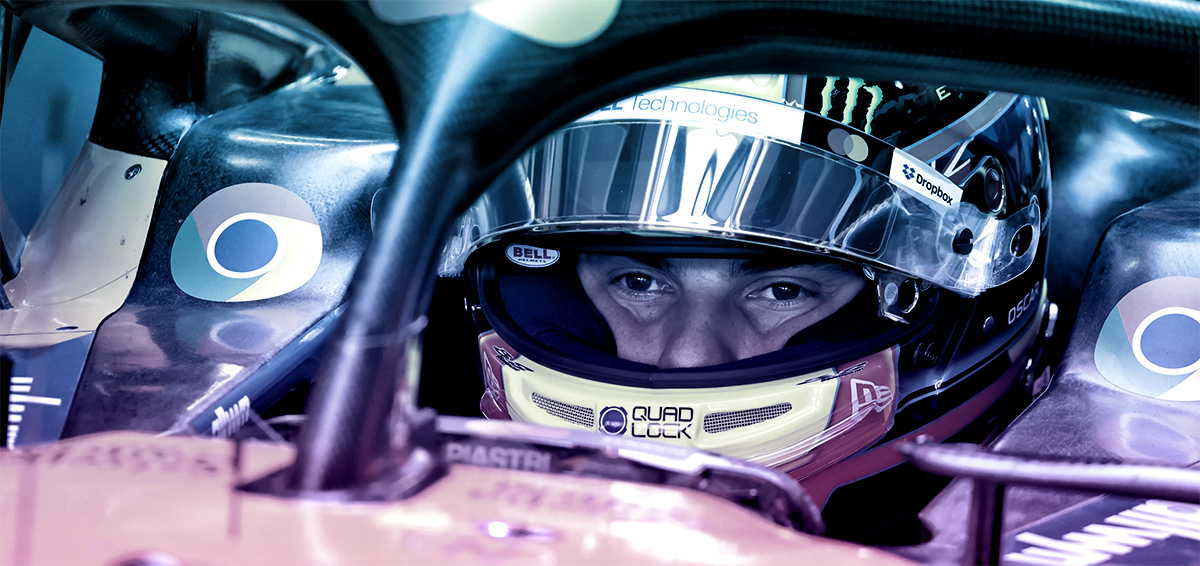
How to Drive in Life: It’s like F1 — the best drivers brake later and accelerate earlier.
I think this analogy speaks volumes about the current business landscape and the type of mindset required to innovate and adapt in a competitive market.
The ultra fast sport of Formula One racing can show us the way forward.
F1 is driven by constant technological change, human creativity, and a relentless pursuit of speed and efficiency through a blend of design, engineering, and team-oriented collaboration.
It is a sport where the difference between 1st place and 3rd place can be as little as 9/100 of a second (90 milliseconds); where teams must invest heavily in aerodynamic research, design, and engine development to gain the strategic performance edge over the competition.
A team and driver’s ability to manage changing circumstances, to a large extent determines the overall probability for success (i.e. the number of points scored, pole positions, and podium finishes). Changing track conditions —temperature, humidity and mechanical variables can significantly impact engine dynamics and tire selection which ultimately determine the fuel and pit-stop strategy for any given grand prix.
A driver’s (and team’s) competitiveness is then essentially measured through adaptation ability and responsiveness to changing variables throughout the season. Contrary to popular belief, simply throwing money at the equation will not ensure success as demonstrated by the abrupt departure of Toyota and Honda from the sport.
Toyota, like Honda, struggled to make the F1 operation work thanks to a failure to understand that racing teams think on their feet rather than rely on cumbersome corporate decision-making by a committee thousands of miles away.
-Maurice Hamilton, The Guardian UK Sport
In a way, a similar scenario plays out over and over in the business world. Recessions weed out the slower, less-innovative companies unable to manage the rapid changes.
The most successful companies, like the best f1 teams and drivers, are the ones outpacing and accelerating quicker than the competition, continually testing and evaluating what’s working (and what’s not), then pivoting with a strategy to capitalize on their insights.
By contrast, the least successful companies have the slowest pace where it counts, employing rigid methodologies that fail to adapt to the evolving dynamics of the market.